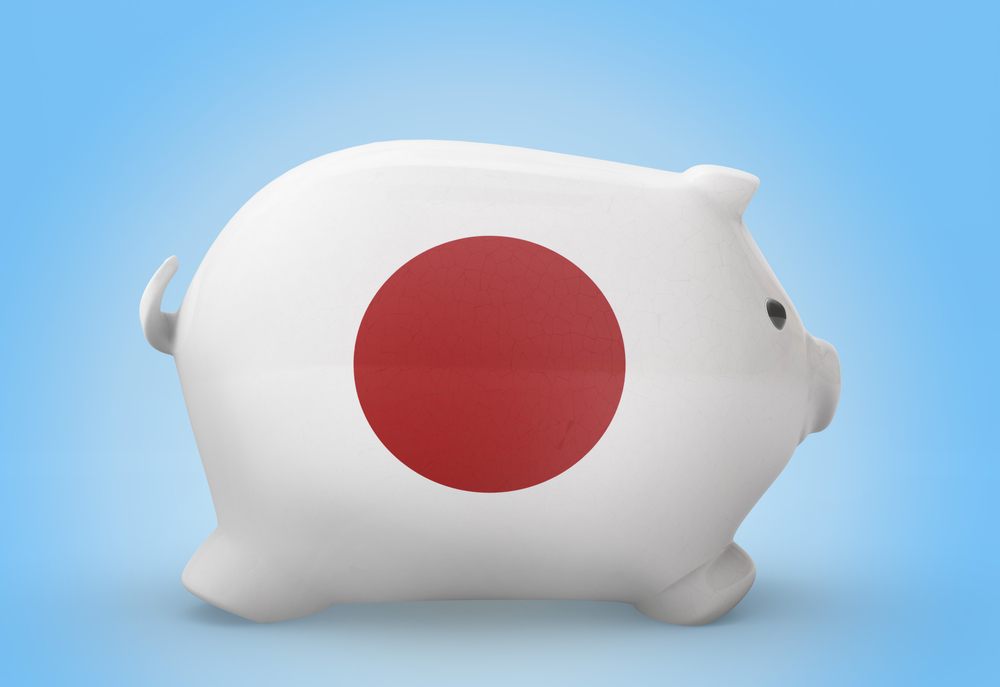Mixed Results in the Rest of Asia over the BOJ’s Policy Decisions

Please note that we are not authorised to provide any investment advice. The content on this page is for information purposes only.
Like other central banks in advanced countries, the Bank of Japan (BOJ) adopted an unconventional monetary policy after the 2007–2009 global financial crisis (GFC). After Prime Minister Abe advocated the new policy regime, Abenomics, the BOJ became highly aggressive in its unconventional policy (see, for example, Fukuda [2015] for details). On 4 April 2013, BOJ Governor Kuroda introduced quantitative and qualitative monetary easing (QQE) and committed to achieve a 2% inflation target in 2 years.
Like other central banks in advanced countries, the Bank of Japan (BOJ) adopted an unconventional monetary policy after the 2007–2009 global financial crisis (GFC). After Prime Minister Abe advocated the new policy regime, Abenomics, the BOJ became highly aggressive in its unconventional policy (see, for example, Fukuda [2015] for details). On 4 April 2013, BOJ Governor Kuroda introduced quantitative and qualitative monetary easing (QQE) and committed to achieve a 2% inflation target in 2 years.
The foreign exchange market reacted to the new policy regime very sensitively. The depreciation had positive effects on the Japanese economy. However, at the early phase of the QQE, several emerging Asian countries showed serious concern about the yen’s depreciation because it might have a beggar-thy-neighbor effect and would result in competitive devaluation in the region.
To what extent was their concern correct? To shed some light on this important policy issue, we investigated the spillover effects of the yen’s depreciation—because of Japan’s QQE—on stock prices in seven Asian economies: the Republic of Korea; Indonesia; Malaysia; Singapore; Thailand; Taipei, China; and Hong Kong, China. Specifically, we regressed the daily change of each Asian stock price on the intra-daily change of the yen–dollar exchange rates and on the daily changes in various control variables. The sample period of estimation is from 2 January 2012 to 31 December 2015.
The structural break tests show that in most of the East Asian stock markets, the estimated coefficients in the early phase of Abenomics were different from those in the following phases of Abenomics. In particular, we found that the stock markets in East Asia, which had first reacted to the yen’s depreciation negatively, responded positively as the QQE progressed.
The results were robust even if we included various control variables in the United States (US), the People’s Republic of China, and each Asian economy as explanatory variables. This implies that Japan’s QQE had much smaller beggar-thy-neighbor effects than originally anticipated.
However, when we allow the effect of Japan’s stock market recovery in the regressions, the yen’s depreciation no longer had large positive spillover effects on East Asian stock markets even in subsequent periods of Abenomics. In contrast, the effect of Japan’s stock price was significantly positive in all East Asian stock markets throughout the sample periods.
This implies that Japan’s QQE had no beggar-thy-neighbor effect because the positive spillover effect of Japan’s stock market recovery overshadowed the beggar-thy-neighbor effect of the yen’s depreciation. The QQE resulted in not only the substantial depreciation of the yen but also a significant stock price recovery in Japan. The QQE, therefore, had both negative and positive spillover effects on neighboring economies. In particular, as the QQE progressed, the positive spillover effect surpassed the beggar-thy-neighbor effect, so that the total effects of the QQE benefited neighboring economies despite the yen’s substantial depreciation.
The spillover effects of unconventional policy in advanced countries might not be symmetric across the countries. In East Asia, the US dollar is the dominant international currency. Thus, highly accommodative monetary policy in the US could have large impacts on the rest of the world, including emerging Asian economies.
In contrast, the internationalization of the Japanese yen has been limited even in the Asian region. Thus, unlike the US’ unconventional policy, Japan’s monetary policy had limited negative spillover effect on Asian economies. However, because of increased intraregional trade, Japan’s monetary policy, which had a positive impact on the Japanese economy, could have a beneficial effect on Asian economies.
Unfortunately, our sample period did not include the period after the BOJ introduced the negative interest rate policy in February 2016. Unlike the QQE, the BOJ’s negative interest rate policy did not result in the yen’s depreciation or stock price recovery in Japan. It is thus likely that the effects of the negative interest rate policy on Asian economies were quite different from those of the QQE. Exploring the different impacts of the BOJ’s two types of unconventional monetary policies would be an interesting future research agenda.
Spillover Effects of Japan’s Unconventional Monetary Policy on Emerging Asia is republished with permission from Asia Pathways




